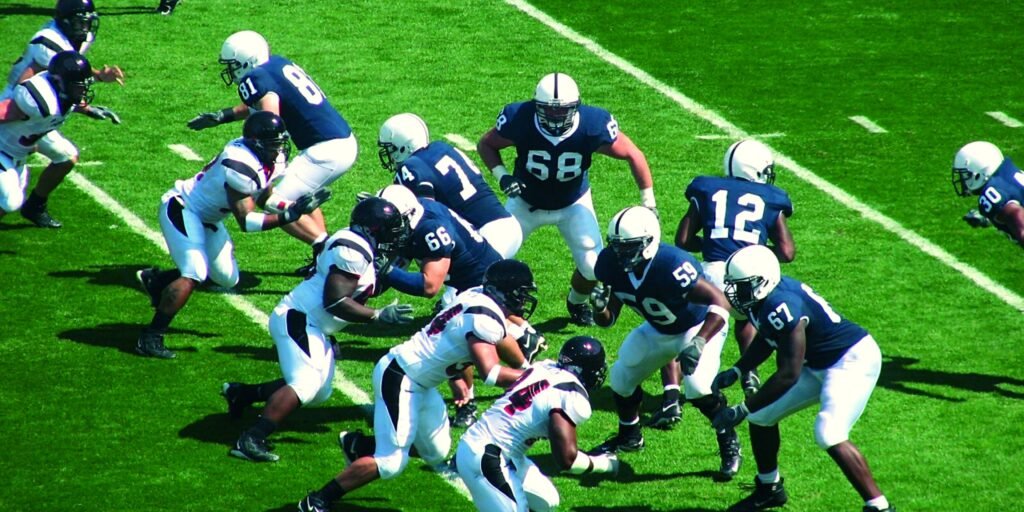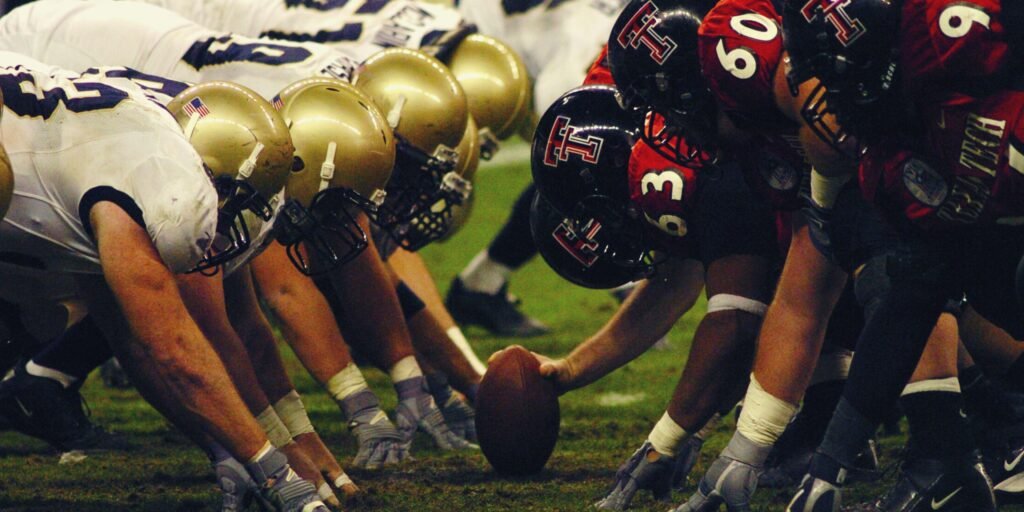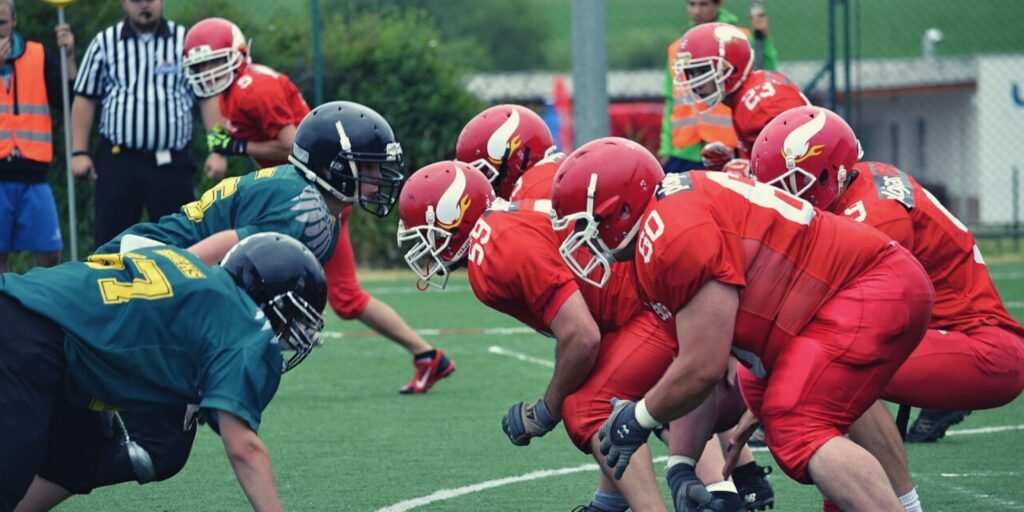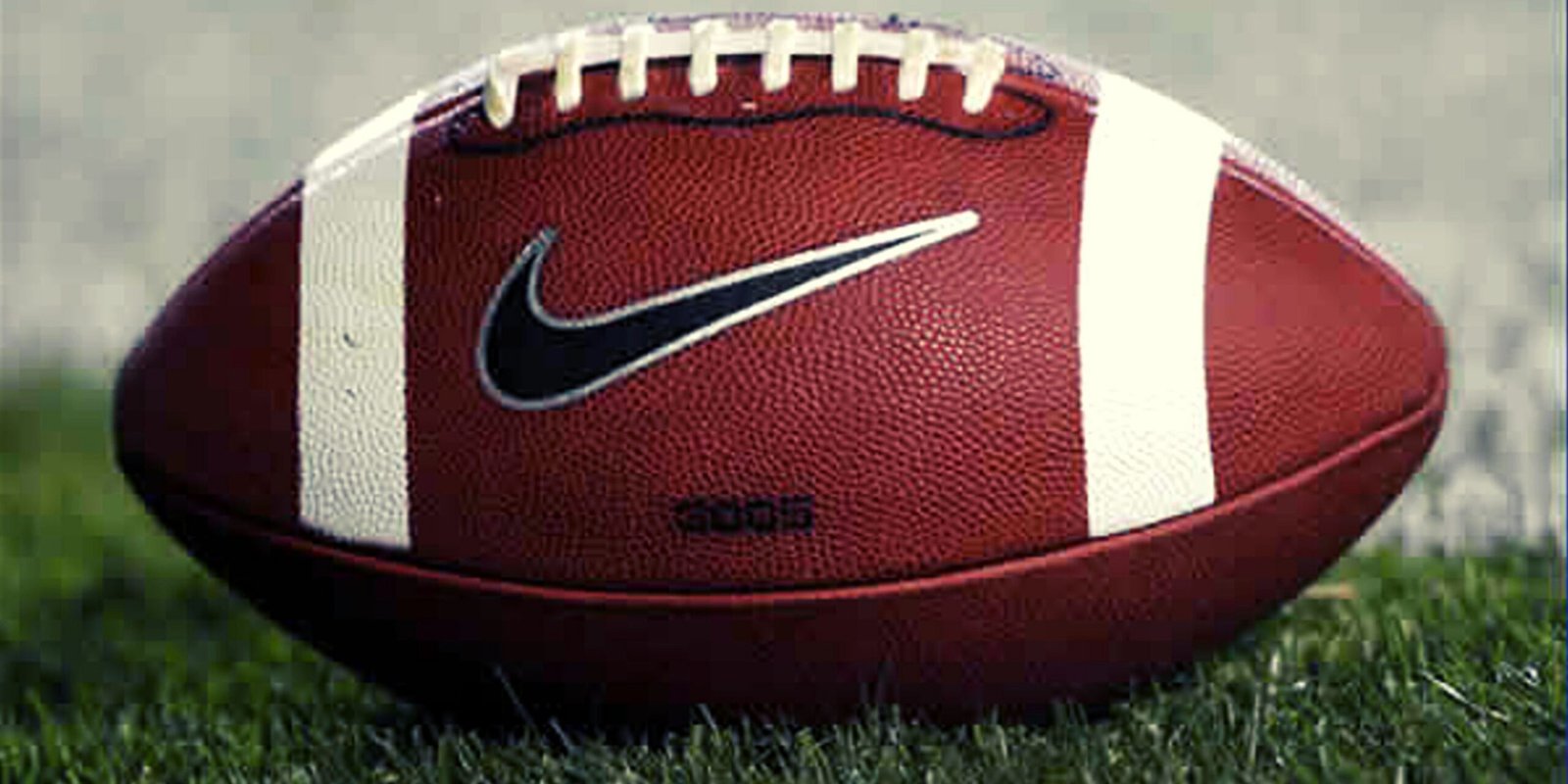Introduction
American Football Ball
American Football Ball, a beloved sport in the United States, is incomplete without its iconic football. This distinctive ball has a rich history and a profound impact on the game. Join us as we unravel the fascinating story of the American football ball. In the world of sports, few American Football Ball objects are as instantly recognizable and cherished as the American Football Ball. Its distinctive shape and intricate stitching have become synonymous with the game, representing a tradition that spans over a century. As we delve into the world of American Football Ball, it's essential to begin our journey by exploring the rich history and unique characteristics of the iconic football itself. From its humble origins American Football Ball to its central role in the modern sport, the American football ball has a story that is as captivating as the game it serves.
Player Safety
Player safety American Football Ball has become a paramount concern in American football. The sport has implemented many rule changes and equipment advancements to reduce the risk of injuries, particularly head injuries. I expect the emphasis on safer American Football Ball tackling techniques and improved helmet technology to make the game safer for athletes at all levels.
American Football Ball
Technological Advancements
Technology is playing an increasingly significant role in American football. From instant replay reviews to wearable sensors that track player performance and health, technology is enhancing both the fan experience and player analytics. As these innovations continue to evolve, they will probably revolutionize how the game is plane and watched.
Global Expansion
While American football has deep roots in the United States, it is steadily gaining popularity around the world. Leagues and organizations are actively promoting the sport in countries outside of North America, leading to a growing international fan base. This global expansion could eventually lead to a more diverse pool of talent entering the sport.

Women in American Football
The participation of women in American football is on the rise, both on and off the field. Female players are joining leagues, and women are assuming roles as coaches, analysts, and executives in the sport. As barriers continue to break down, American football is becoming more inclusive and diverse.
The Impact of American Football
Beyond the field, American football has a profound impact on communities and society:
Community Engagement
Football teams, from youth leagues to the NFL, often engage in community outreach programs. These initiatives promote physical fitness, education, and character development among young athletes. Football also brings communities together, fostering a sense of pride and camaraderie.
Economic Influence
The sport’s immense popularity contributes significantly to the economy. Stadiums, merchandise, television contracts, and tourism associated with American football generate substantial revenue and create jobs in various sectors.
Cultural Significance
American football has become a cultural touchstone, influencing music, film, and art. They celebrated iconic plays and memorable moments in popular culture, and the sport is a source of inspiration for countless artists.

Early Origins
The roots of American football can be traced back to a diverse set of games played in the 19th century, particularly soccer and rugby. These sports were introduced to American soil by European immigrants, and various versions of these games were played in schools and colleges across the country.
Emergence of College Football
In the mid-19th century, collegiate institutions began organizing their own football games, each with its own set of rules. This period saw a considerable degree of chaos and inconsistency in the way the game was played. It was clear that a standardized set of rules was needed to bring order to the sport.
Walter Camp and Standardization
Walter Camp, often referred to as the “Father of American Football,” played a pivotal role in shaping the game. In the late 19th century, Camp proposed a series of rule changes that laid the foundation for modern American football. These changes included introducing the line of scrimmage, downs, and the snap from center to quarterback. Camp’s contributions to the sport led to a more structured and strategic game.
The Birth of the Gridiron
The distinctive shape of the American football, often referred to as a “pigskin” due to its historic leather covering, began to take form in the late 19th century. The elongated shape allowed for more predictable flight patterns and better passing accuracy, which became integral to the game’s strategy.

The Rise of Professional Football
American football’s popularity continued to grow, and in 1920, the National Football League (NFL) was founded. Initially, the NFL faced competition from other leagues, but it eventually emerged as the premier professional football league in the United States.
The Super Bowl Era
The Super Bowl, which began in 1967, marked a significant milestone in American football history. It became the annual championship game of the NFL and a cultural phenomenon. The Super Bowl’s halftime shows and commercials became as much a part of the spectacle as the game itself, attracting millions of viewers worldwide.
Rule Changes and Innovations
Throughout its history, American football has witnessed numerous rule changes and innovations aimed at making the game safer and more exciting. From helmet improvements to stricter safety measures, the sport has evolved to address the physical demands and risks associated with high-impact collisions.
A Profile of Excellence
American football players are the heart and soul of the sport, capturing the essence of athleticism, dedication, and teamwork. These individuals, often considered modern-day gladiators, display exceptional physical prowess, mental acumen, and a passion for the game that inspires millions of fans worldwide.

Height and Weight
American football players come in various shapes and sizes, depending on their position. Linemen are larger and more robust, often standing over 6 feet tall and weighing well above 300 pounds. In contrast, skill position players like wide receivers and running backs are typically leaner and shorter, with heights ranging from 5’10” to 6’2″ and weights between 180 to 220 pounds. Quarterbacks, the field generals, often fall in the middle ground in terms of size.
Table of Contents
Strength and Speed
Strength and speed are paramount in American football. Players undergo rigorous strength training and conditioning to excel in their roles. Defensive linemen, for instance, need explosive power to push through offensive linemen, while wide receivers rely on agility and acceleration to outrun defenders.

American Football Ball
American Football Ball
Conclusion
The American Football Ball is a multifaceted individual, combining physical prowess, mental fortitude, leadership, and community engagement. They are more than athletes; they are role models, inspirations, and pillars of their communities. Whether on the gridiron, in the locker room, or within society, these players exemplify the values of dedication, teamwork, and perseverance. Their journeys, from the early days of youth football to the pinnacle of professional success, are stories of resilience, hard work, and unwavering commitment. In the grand tapestry of American Football Ball sports, they are the embodiment of the enduring spirit that defines American football—a spirit that transcends touchdowns and tackles, reaching into the hearts of fans and communities across the nation.
American Football Ball
FAQs (Frequently Asked Questions)
Do American football players receive extensive medical care and support?
Yes, professional American football players have access to comprehensive medical care, including team doctors, trainers, and rehabilitation specialists. The NFL and other leagues prioritize player health and safety.
How do players transition to life after their football careers?
Many players plan for their post-football careers by pursuing education, internships, or business ventures during their playing days. Some also engage in player help programs offered by the league to help with career transition.
What are some famous player foundations and charitable endeavors?
Prominent players often establish foundations or charities to support various causes, such as education, youth development, and healthcare. Examples include the Peyton Manning Children's Hospital and the J.J. Watt Foundation.
What are the key challenges that players face in their careers?
Players encounter challenges such as fierce competition for roster spots, managing injuries, and dealing with the physical demands of the sport. They must navigate issues related to contracts, finances, and public scrutiny.
How has the role of American football players in social issues evolved?
American football players have increasingly used their platform to advocate for social justice and raise awareness of important issues. Players have led movements like "Take a Knee" and initiatives for racial equality.
 Cric Enjoy Sports News, Cricket Update, Live Streaming
Cric Enjoy Sports News, Cricket Update, Live Streaming






